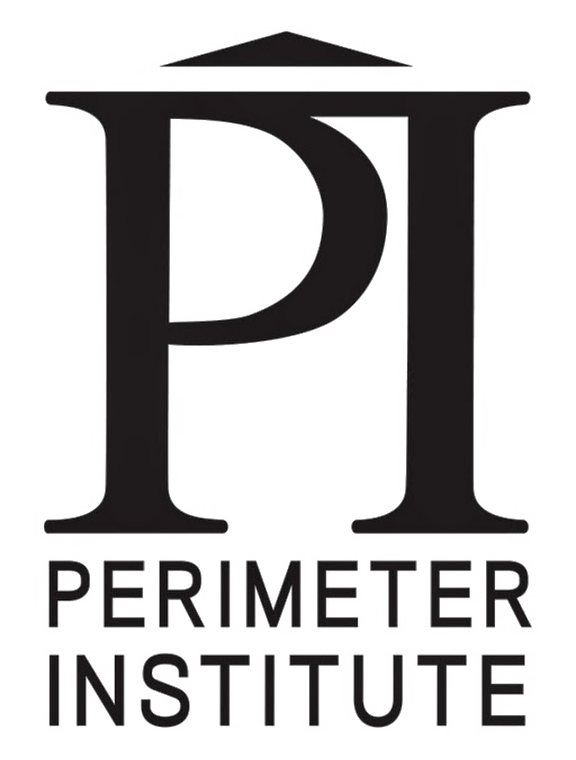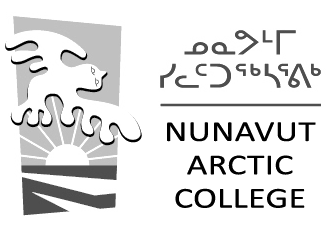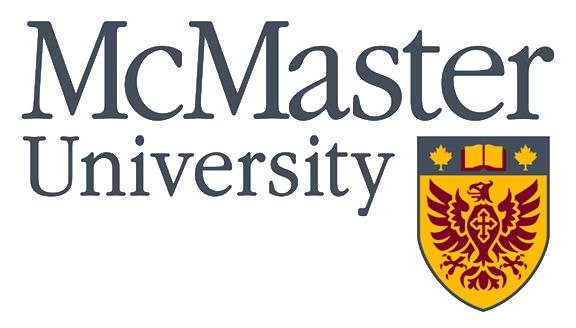Digitizing and archiving legacy media is important for a variety of reasons. First, it allows for easier storage and access of important historical information. This is especially useful for preserving items like old photographs, newspaper articles, recordings, and educational materials.
Second, digitizing legacy media helps to preserve and protect it from wear and tear. By converting these materials from analog to digital formats, they can last much longer than their physical counterparts. This not only saves money, but also prevents valuable records and memories from being lost.
Third, digitizing legacy media can help to recreate a more accurate and comprehensive view of the past. By capturing historical records in digital formats, we can create more detailed and accurate timelines and accounts of what happened. This provides us with better insight into our past, and can help us better understand our present.
Finally, digitizing and archiving legacy media can be beneficial to the economy by creating new opportunities, such as the creation of digital archives and databases. These can be used as resources for businesses, governments, and individuals, and can even lead to new jobs and industries.







































